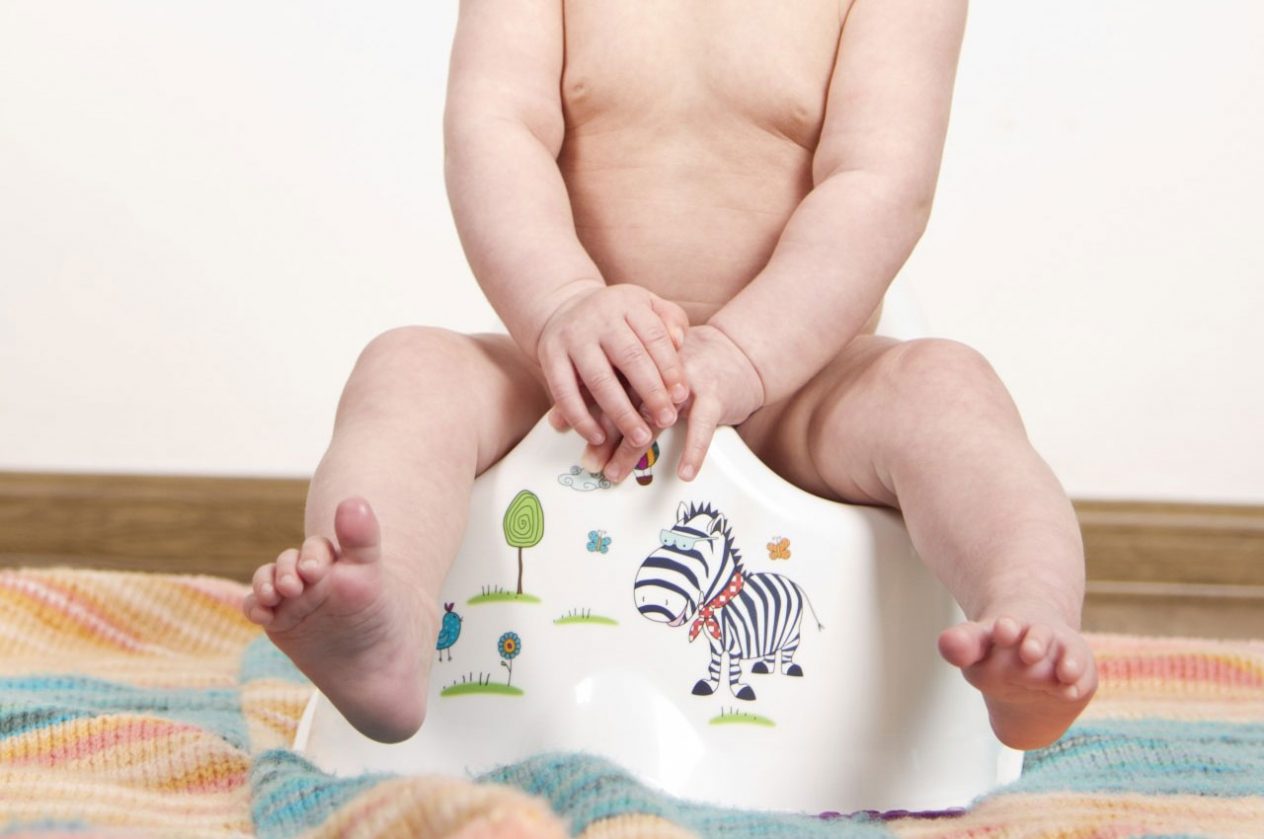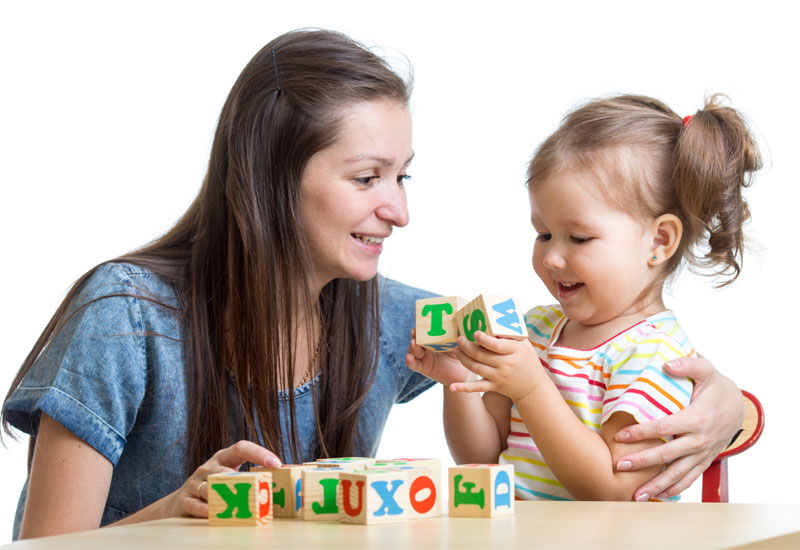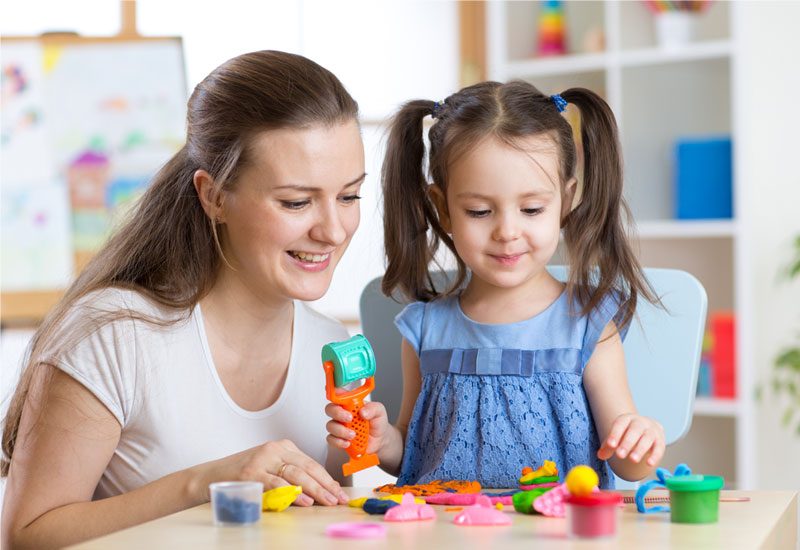Toilet Train Your Child

如何训练孩子如厕
Getting Rid of DiapersAre you sick of changing diapers day in and day out?
It may seem like forever before your child can start answering nature’s call independently. The mere thought of that brings the sweet smell of freedom – freedom from lugging around your baby wipes, diapers, tissues and nappy rash cream. Luckily, children grow up in the blink of an eye.
When to start toilet training
Usually, children are ready to start using the toilet when they are between 18 months and three years old.
Did you know? The average age for potty training in 1940s was 18 months.
In recent times, the age for potty training is rising. A 2001 study has shown that male toddlers in the United States give up diapers at 39 months while female toddlers, at 35 months.
How to tell if your child is ready for toilet training?
Fret not, there are certain signs to look out for to determine if your child is ready to go potty by themselves.
-
-
Is your child able to sit on a potty seat and get back up without any help?
-
Is he or she able to verbalise when it is time to go?
-
Can your child keep a diaper dry for at least 2 hours?
-
If you have answered yes to the above questions, your child is more than ready. It takes plenty of time, focus and patience to potty-train a child. If you have answered no, it is best to wait. It is important to ensure that your child is ready to use the toilet as the potty training process may take longer than needed. Toddlers can be very stubborn, which can lead to tough situations ahead!
As a busy parent, it is essential to find a playschool or preschool that can help cater to your child’s toilet training needs. At Chicky & Olive, we accept toddlers to our playgroup/playschool who have yet to be fully potty trained.
1. Potty Training: Getting Started
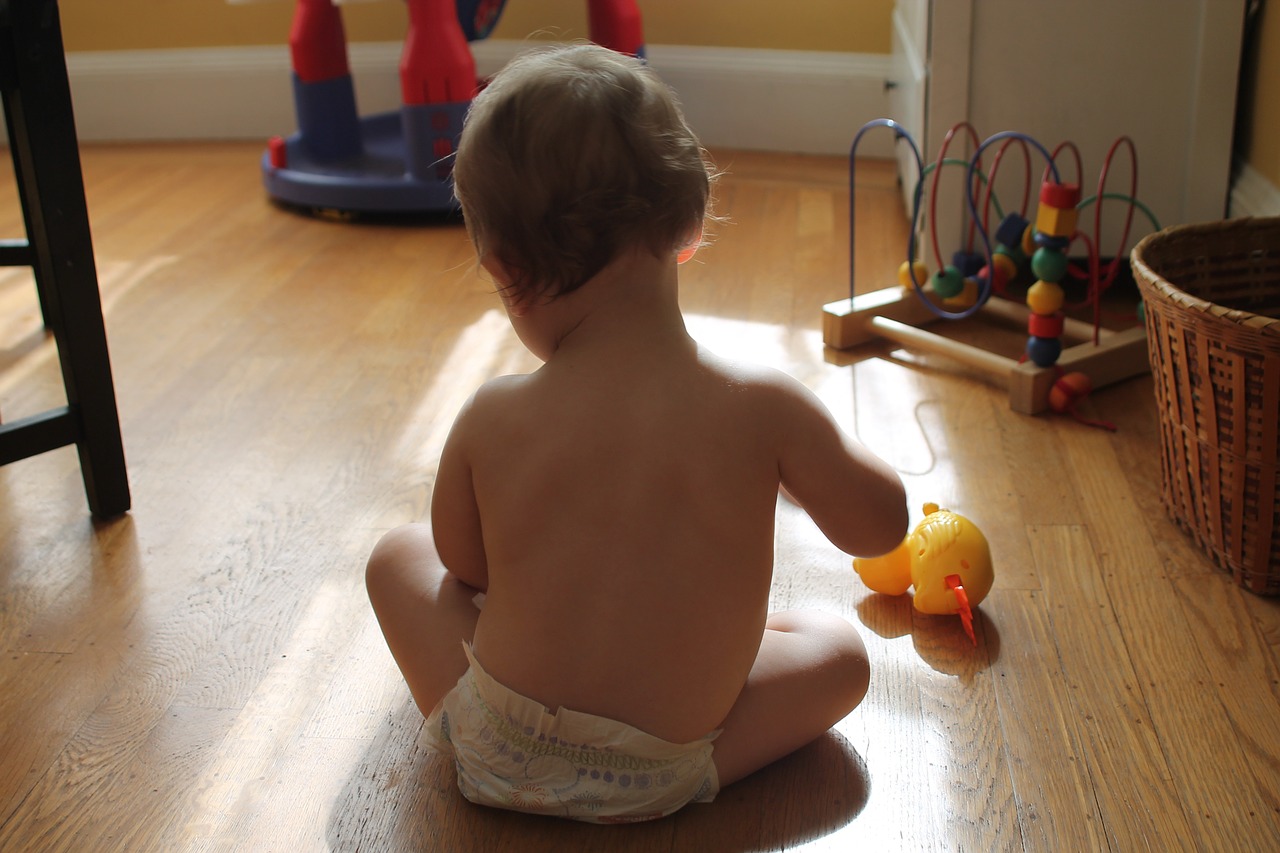
While in the process of training your child to go to the toilet, set aside some time to commit to the potty-training process. Get a potty chair your child can practice sitting on and take time to slowly allow them to be comfortable with using it. Firstly, let your child sit on it fully clothed and then move on to sitting on the chair with just their diaper. When ready, your child can go bare-bottomed!
You can also have your child sit on the potty within 15 to 30 minutes after meals. This will allow them to take advantage of the body’s natural tendency for a bowel movement after eating. This is also known as the gastro-colic reflex.
To aid or speed up in your potty training process, you can rely on the teachers and caregivers at our playgroup in Serangoon Gardens. Furthermore, if you are interested in building your toddler’s language skills, enrol in our preschool enrichment in Serangoon today.
2. Educate by Example
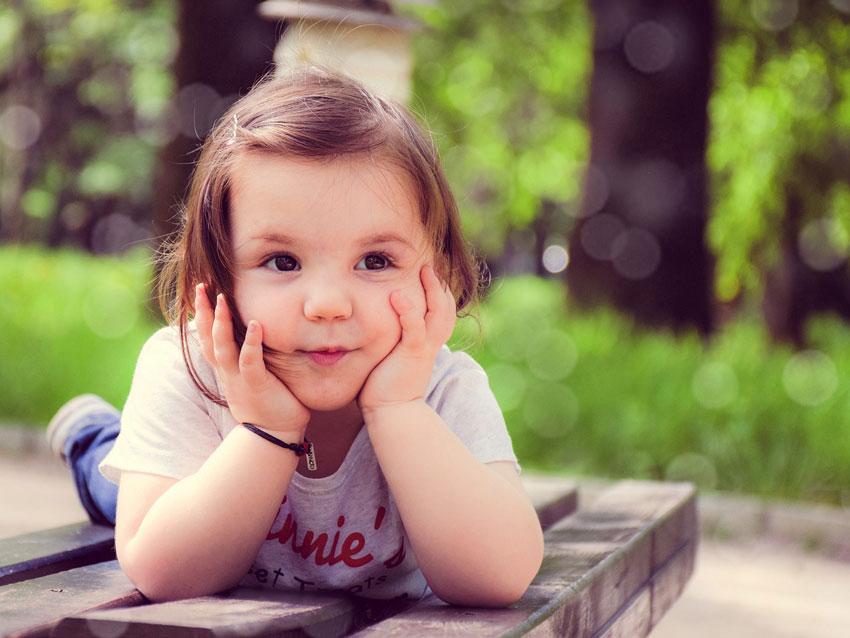
For successful potty or toilet training, it is necessary to educate by example. This is when you can take advantage of the time used in a daycare when your child is around other children and their friends.
As they say, “Monkey see, monkey do.” When children see their friends making visits to the toilet or doing potty training, they will want to try it out of curiosity. Through constant exposure and experience, your child will get more comfortable with using the potty and will be well on his/her way to conquering the toilet bowl in no time!
Similarly, if you have children around the same age group, the younger ones can witness their older siblings using the potty and they will also be tempted to try it for themselves.
At Chicky and Olive, our trained educators are perfectly equipped to help your toddler achieve their toilet training needs. Apart from that, as a preschool enrichment in Serangoon, we believe children should learn to play and play to learn! Hence, our programs are created to combine hands-on fun with education for a holistic development for your child.
3. Roleplaying
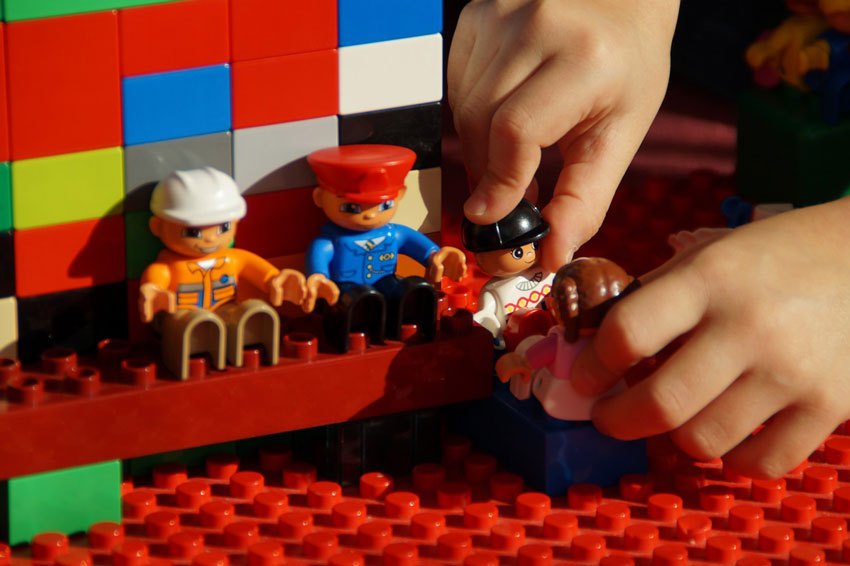
Acting out potty scenes can aid toddlers in working through the fear of the unknown. Since going potty is very new to them, it is good to slowly ease them into it by first enacting the scene with play dolls and stuffed animals.
When they see their favourite toy sitting on the potty, it will catch their attention and evoke their natural inquisitiveness. You can also make whistling sounds to imitate the steady whistle of a stream of pee when playing with the toy on the potty for a better demonstration.
As parents, we would like to see our children being able to use the toilet on their own fast. Our Chicky & Olive playgroup in Serangoon Gardens goes the extra mile to provide you with that help. Apart from toilet training, we also help children to develop their fine and gross motor skills through a variety of programs. Call us to find out more!

如何训练孩子如厕
Getting Rid of DiapersAre you sick of changing diapers day in and day out?
It may seem like forever before your child can start answering nature’s call independently. The mere thought of that brings the sweet smell of freedom – freedom from lugging around your baby wipes, diapers, tissues and nappy rash cream. Luckily, children grow up in the blink of an eye.
When to start toilet training
Usually, children are ready to start using the toilet when they are between 18 months and three years old.
Did you know? The average age for potty training in 1940s was 18 months.
In recent times, the age for potty training is rising. A 2001 study has shown that male toddlers in the United States give up diapers at 39 months while female toddlers, at 35 months.
How to tell if your child is ready for toilet training?
Fret not, there are certain signs to look out for to determine if your child is ready to go potty by themselves.
-
-
Is your child able to sit on a potty seat and get back up without any help?
-
Is he or she able to verbalise when it is time to go?
-
Can your child keep a diaper dry for at least 2 hours?
-
If you have answered yes to the above questions, your child is more than ready. It takes plenty of time, focus and patience to potty-train a child. If you have answered no, it is best to wait. It is important to ensure that your child is ready to use the toilet as the potty training process may take longer than needed. Toddlers can be very stubborn, which can lead to tough situations ahead!
As a busy parent, it is essential to find a playschool or preschool that can help cater to your child’s toilet training needs. At Chicky & Olive, we accept toddlers to our playgroup/playschool who have yet to be fully potty trained.
1. Potty Training: Getting Started

While in the process of training your child to go to the toilet, set aside some time to commit to the potty-training process. Get a potty chair your child can practice sitting on and take time to slowly allow them to be comfortable with using it. Firstly, let your child sit on it fully clothed and then move on to sitting on the chair with just their diaper. When ready, your child can go bare-bottomed!
You can also have your child sit on the potty within 15 to 30 minutes after meals. This will allow them to take advantage of the body’s natural tendency for a bowel movement after eating. This is also known as the gastro-colic reflex.
To aid or speed up in your potty training process, you can rely on the teachers and caregivers at our playgroup in Serangoon Gardens. Furthermore, if you are interested in building your toddler’s language skills, enrol in our preschool enrichment in Serangoon today.
2. Educate by Example

For successful potty or toilet training, it is necessary to educate by example. This is when you can take advantage of the time used in a daycare when your child is around other children and their friends.
As they say, “Monkey see, monkey do.” When children see their friends making visits to the toilet or doing potty training, they will want to try it out of curiosity. Through constant exposure and experience, your child will get more comfortable with using the potty and will be well on his/her way to conquering the toilet bowl in no time!
Similarly, if you have children around the same age group, the younger ones can witness their older siblings using the potty and they will also be tempted to try it for themselves.
At Chicky and Olive, our trained educators are perfectly equipped to help your toddler achieve their toilet training needs. Apart from that, as a preschool enrichment in Serangoon, we believe children should learn to play and play to learn! Hence, our programs are created to combine hands-on fun with education for a holistic development for your child.
3. Roleplaying

Acting out potty scenes can aid toddlers in working through the fear of the unknown. Since going potty is very new to them, it is good to slowly ease them into it by first enacting the scene with play dolls and stuffed animals.
When they see their favourite toy sitting on the potty, it will catch their attention and evoke their natural inquisitiveness. You can also make whistling sounds to imitate the steady whistle of a stream of pee when playing with the toy on the potty for a better demonstration.
As parents, we would like to see our children being able to use the toilet on their own fast. Our Chicky & Olive playgroup in Serangoon Gardens goes the extra mile to provide you with that help. Apart from toilet training, we also help children to develop their fine and gross motor skills through a variety of programs. Call us to find out more!

如何训练孩子如厕
Getting Rid of DiapersAre you sick of changing diapers day in and day out?
It may seem like forever before your child can start answering nature’s call independently. The mere thought of that brings the sweet smell of freedom – freedom from lugging around your baby wipes, diapers, tissues and nappy rash cream. Luckily, children grow up in the blink of an eye.
When to start toilet training
Usually, children are ready to start using the toilet when they are between 18 months and three years old.
Did you know? The average age for potty training in 1940s was 18 months.
In recent times, the age for potty training is rising. A 2001 study has shown that male toddlers in the United States give up diapers at 39 months while female toddlers, at 35 months.
How to tell if your child is ready for toilet training?
Fret not, there are certain signs to look out for to determine if your child is ready to go potty by themselves.
-
-
Is your child able to sit on a potty seat and get back up without any help?
-
Is he or she able to verbalise when it is time to go?
-
Can your child keep a diaper dry for at least 2 hours?
-
If you have answered yes to the above questions, your child is more than ready. It takes plenty of time, focus and patience to potty-train a child. If you have answered no, it is best to wait. It is important to ensure that your child is ready to use the toilet as the potty training process may take longer than needed. Toddlers can be very stubborn, which can lead to tough situations ahead!
As a busy parent, it is essential to find a playschool or preschool that can help cater to your child’s toilet training needs. At Chicky & Olive, we accept toddlers to our playgroup/playschool who have yet to be fully potty trained.
1. Potty Training: Getting Started

While in the process of training your child to go to the toilet, set aside some time to commit to the potty-training process. Get a potty chair your child can practice sitting on and take time to slowly allow them to be comfortable with using it. Firstly, let your child sit on it fully clothed and then move on to sitting on the chair with just their diaper. When ready, your child can go bare-bottomed!
You can also have your child sit on the potty within 15 to 30 minutes after meals. This will allow them to take advantage of the body’s natural tendency for a bowel movement after eating. This is also known as the gastro-colic reflex.
To aid or speed up in your potty training process, you can rely on the teachers and caregivers at our playgroup in Serangoon Gardens. Furthermore, if you are interested in building your toddler’s language skills, enrol in our preschool enrichment in Serangoon today.
2. Educate by Example

For successful potty or toilet training, it is necessary to educate by example. This is when you can take advantage of the time used in a daycare when your child is around other children and their friends.
As they say, “Monkey see, monkey do.” When children see their friends making visits to the toilet or doing potty training, they will want to try it out of curiosity. Through constant exposure and experience, your child will get more comfortable with using the potty and will be well on his/her way to conquering the toilet bowl in no time!
Similarly, if you have children around the same age group, the younger ones can witness their older siblings using the potty and they will also be tempted to try it for themselves.
At Chicky and Olive, our trained educators are perfectly equipped to help your toddler achieve their toilet training needs. Apart from that, as a preschool enrichment in Serangoon, we believe children should learn to play and play to learn! Hence, our programs are created to combine hands-on fun with education for a holistic development for your child.
3. Roleplaying

Acting out potty scenes can aid toddlers in working through the fear of the unknown. Since going potty is very new to them, it is good to slowly ease them into it by first enacting the scene with play dolls and stuffed animals.
When they see their favourite toy sitting on the potty, it will catch their attention and evoke their natural inquisitiveness. You can also make whistling sounds to imitate the steady whistle of a stream of pee when playing with the toy on the potty for a better demonstration.
As parents, we would like to see our children being able to use the toilet on their own fast. Our Chicky & Olive playgroup in Serangoon Gardens goes the extra mile to provide you with that help. Apart from toilet training, we also help children to develop their fine and gross motor skills through a variety of programs. Call us to find out more!
如何训练孩子如厕
Getting Rid of Diapers
Are you sick of changing diapers day in and day out?
It may seem like forever before your child can start answering nature’s call independently. The mere thought of that brings the sweet smell of freedom – freedom from lugging around your baby wipes, diapers, tissues and nappy rash cream. Luckily, children grow up in the blink of an eye.
When to start toilet training
Usually, children are ready to start using the toilet when they are between 18 months and three years old.
Did you know? The average age for potty training in 1940s was 18 months.
In recent times, the age for potty training is rising. A 2001 study has shown that male toddlers in the United States give up diapers at 39 months while female toddlers, at 35 months.
How to tell if your child is ready for toilet training?
Fret not, there are certain signs to look out for to determine if your child is ready to go potty by themselves.
-
-
Is your child able to sit on a potty seat and get back up without any help?
-
Is he or she able to verbalise when it is time to go?
-
Can your child keep a diaper dry for at least 2 hours?
-
If you have answered yes to the above questions, your child is more than ready. It takes plenty of time, focus and patience to potty-train a child. If you have answered no, it is best to wait. It is important to ensure that your child is ready to use the toilet as the potty training process may take longer than needed. Toddlers can be very stubborn, which can lead to tough situations ahead!
As a busy parent, it is essential to find a playschool or preschool that can help cater to your child’s toilet training needs. At Chicky & Olive, we accept toddlers to our playgroup/playschool who have yet to be fully potty trained.
1. Potty Training: Getting Started

While in the process of training your child to go to the toilet, set aside some time to commit to the potty-training process. Get a potty chair your child can practice sitting on and take time to slowly allow them to be comfortable with using it. Firstly, let your child sit on it fully clothed and then move on to sitting on the chair with just their diaper. When ready, your child can go bare-bottomed!
You can also have your child sit on the potty within 15 to 30 minutes after meals. This will allow them to take advantage of the body’s natural tendency for a bowel movement after eating. This is also known as the gastro-colic reflex.
To aid or speed up in your potty training process, you can rely on the teachers and caregivers at our playgroup in Serangoon Gardens. Furthermore, if you are interested in building your toddler’s language skills, enrol in our preschool enrichment in Serangoon today.
2. Educate by Example

For successful potty or toilet training, it is necessary to educate by example. This is when you can take advantage of the time used in a daycare when your child is around other children and their friends.
As they say, “Monkey see, monkey do.” When children see their friends making visits to the toilet or doing potty training, they will want to try it out of curiosity. Through constant exposure and experience, your child will get more comfortable with using the potty and will be well on his/her way to conquering the toilet bowl in no time!
Similarly, if you have children around the same age group, the younger ones can witness their older siblings using the potty and they will also be tempted to try it for themselves.
At Chicky and Olive, our trained educators are perfectly equipped to help your toddler achieve their toilet training needs. Apart from that, as a preschool enrichment in Serangoon, we believe children should learn to play and play to learn! Hence, our programs are created to combine hands-on fun with education for a holistic development for your child.
3. Roleplaying

Acting out potty scenes can aid toddlers in working through the fear of the unknown. Since going potty is very new to them, it is good to slowly ease them into it by first enacting the scene with play dolls and stuffed animals.
When they see their favourite toy sitting on the potty, it will catch their attention and evoke their natural inquisitiveness. You can also make whistling sounds to imitate the steady whistle of a stream of pee when playing with the toy on the potty for a better demonstration.
As parents, we would like to see our children being able to use the toilet on their own fast. Our Chicky & Olive playgroup in Serangoon Gardens goes the extra mile to provide you with that help. Apart from toilet training, we also help children to develop their fine and gross motor skills through a variety of programs. Call us to find out more!

